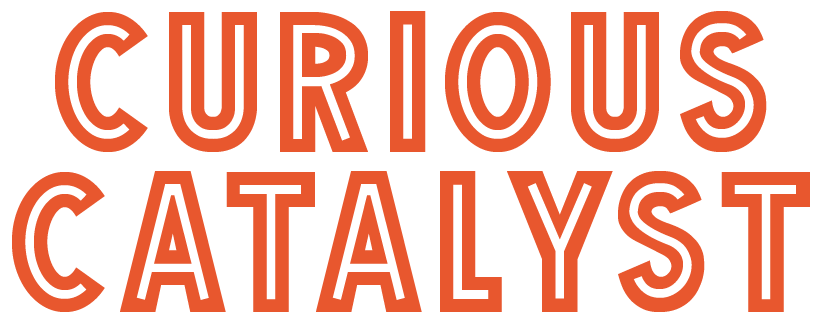In the realm of innovation, prototyping is as essential to the process as oxygen. And whether an organization or individual ascribes to the rapid approaches found in agile and lean disciplines or works to build creative confidence in the footsteps of IDEO’s legendary methodology, launching and scaling a breakthrough business requires proving the basis of the user needs being met or the new value being delivered before significant investment is made. Placing small bets in the technology sector is relatively easy, where start-ups can keep overhead low and power a team with electricity, connectivity and coffee. But what’s a brick-and-mortar blue chip corporation to do?
Partner with TaskRabbit. Well, only if it makes sense. And for Walgreens, it was a brilliant move. In the thick of cold and flu season, they announced a campaign with the popular, if somewhat fringe, service that mashes up the sharing economy with the economic downturn, letting people with time do things for people without time. In this case, a portion of TaskRabbit’s mobile app was dedicated to ordering cold and flu remedies from Walgreens. Users could select the nearest store, enter the products needed and indicate a preferred delivery time. Then, using the standard functionality, one could simply select the TaskRabbit you’d like to work with, and relief would be on its way.
At Curious Catalyst, we’re fond of what we call “rapid prototyping through partnership,” which essentially means that a large company can test an idea without building additional capacity outside a core competency by aligning interests. And that’s exactly what Walgreens did. Whether this is a labeled a pilot, a promotion, a partnership or a campaign, the goal is clear. Combine the scale and resources of an entrenched player with a narrow but well-executed offering from a budding start-up to see if there is value in creating new capacity or potentially acquiring capabilities.
As TaskRabbit was founded on the premise of neighbors helping neighbors, aligning with Walgreens during flu season couldn’t be more on-brand. It also gave them a huge boost in exposure to a different audience. Meanwhile, if Walgreens had been considering the benefits of adding delivery to their offering, this collaboration gave them insights into uptake, operational considerations and allowed them to dip a toe in the water without significant commitment of resources. It remains to be seen how this may impact their business moving forward, but we’re keeping an eye on it.
Another example can be found in Uber, the rapidly growing car service company, who have done a bang-up job prototyping through partnership with their special promotions for ice cream and now trips to Las Vegas. One might say these are marketing stunts, but it’s clear that Uber’s product team is learning about what works for their customer base (or potential customers) without spending capital on the infrastructure required to deliver ice cream on-demand, instead using local business as partners in 33 cities.
The lesson for slower-moving Fortune 1000 companies should be obvious. Partnerships are much more than strategic in today’s rapidly changing marketplace – and there's no excuse not to leverage niche-focused start-ups to prototype new services or add revenue streams and validate demand before investing resources. So, what are you waiting for?


